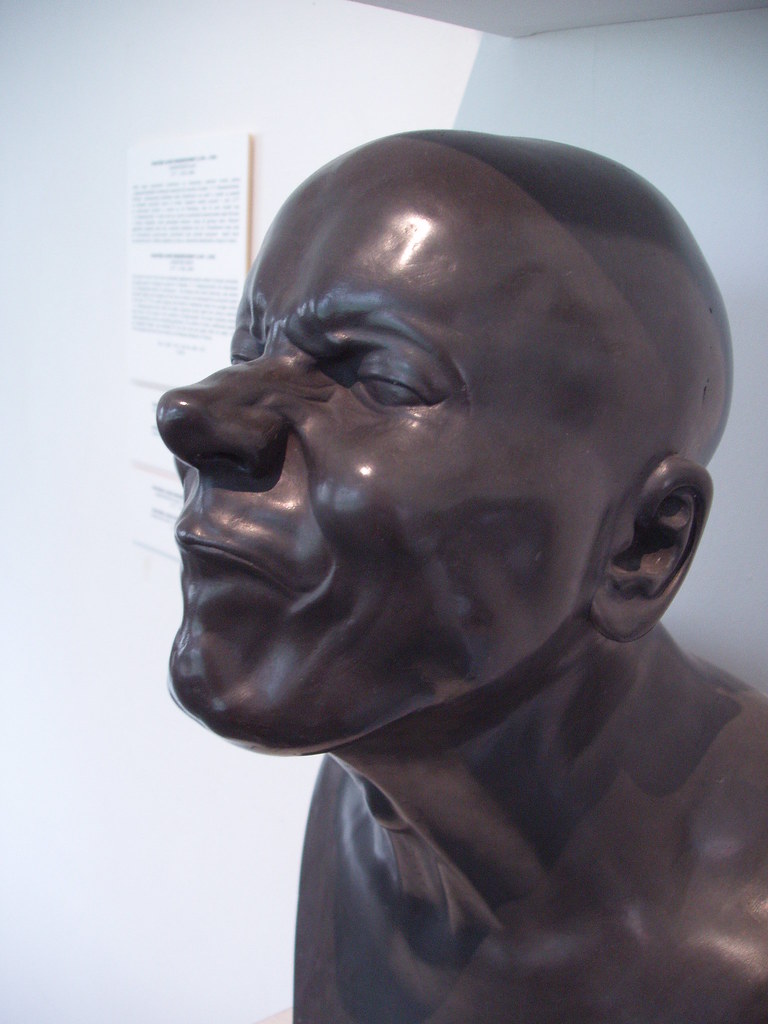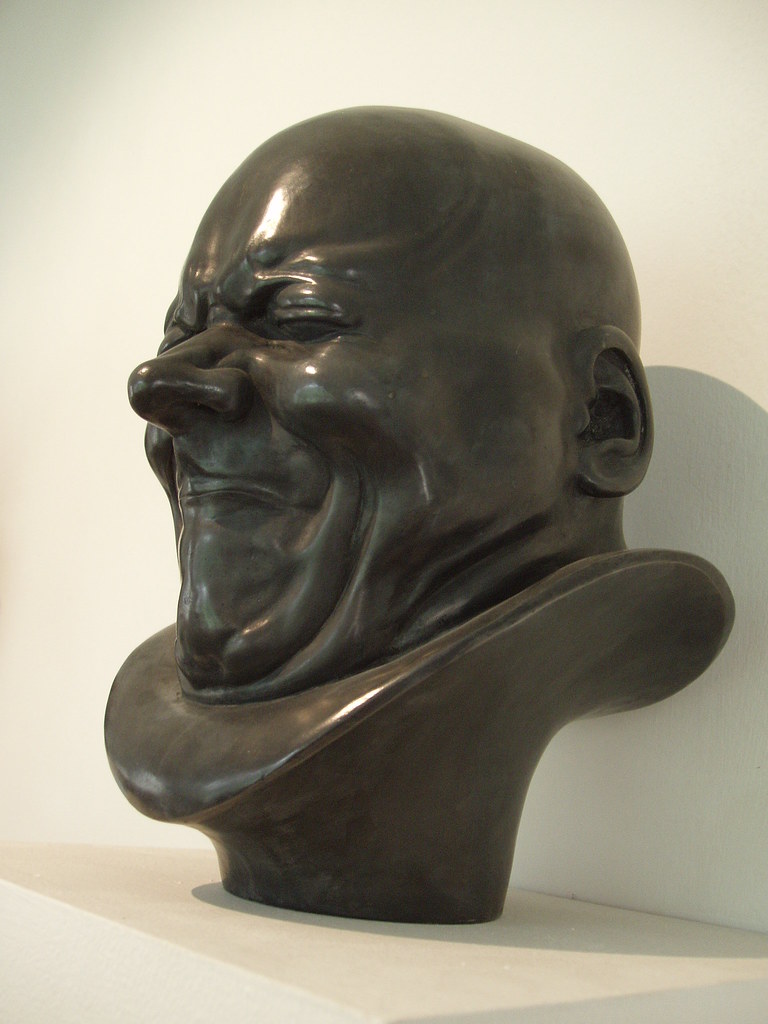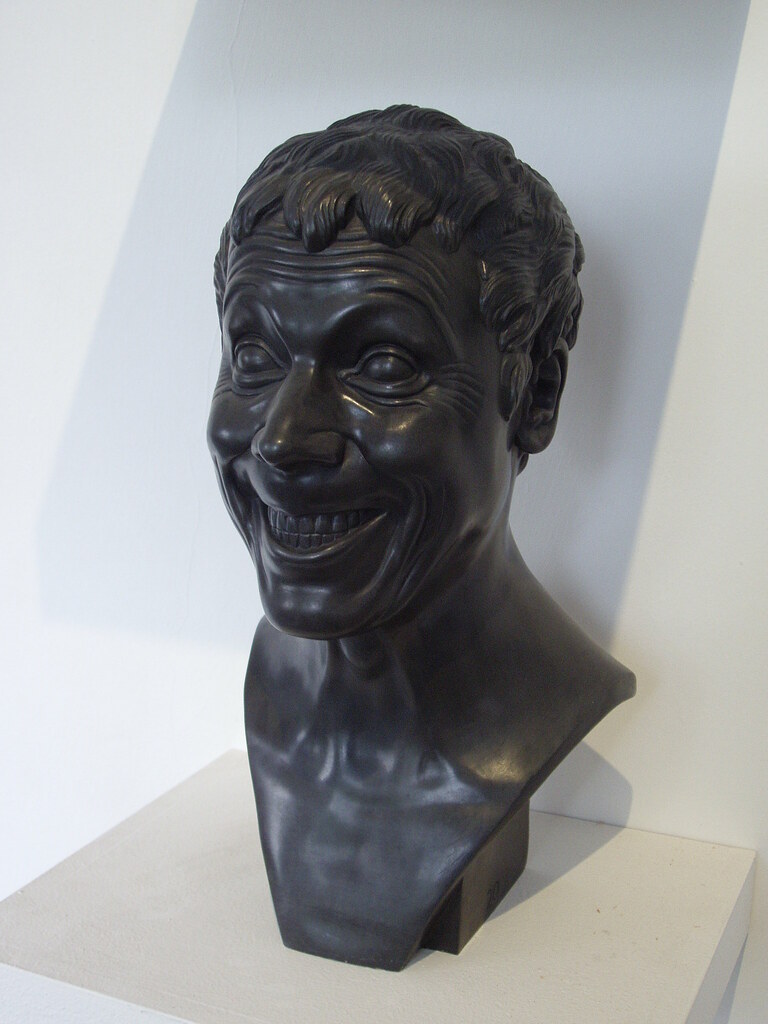Today, we do not want to feature a well-known, honored artist or even lesser-known, but still famous creator that meddled with the course of the history of art. Instead, we want to present you someone relatively unknown even to those engrossed in art, someone so out of his time that his genius was considered a madness. Yes, we know about Van Gogh - but he waited "merely" about twenty years after his death to become famous. This man waited two and a half century. Ladies and gentlemen, Franz Messerschmidt.
Messerschmidt was born in 1736 and grew up in Germany with his uncle, a sculptor. He then finished the Academy of Fine Arts in Vienna and began work for the government. Pretty boring bronze busts, nothing that would separate him from other contemporary sculptors. When he was about 37, he started having episodes of paranoia and hallucinations. This is believed to have caused his obsession with physiognomy - the study of the human face.
Soon after that, he was thought of as a lunatic, despite his mastery in sculpture, and was forced to leave Vienna. Then Messerschmidt began full-time work on his busts representing horribly twisted and deformed human faces. But how. Deformed through expression. The Viennese madman tried to achieve what no one else, no matter how good, did not achieve - he tried to make the stone alive. It screams, gasps, exhales in a vain attempt to express the fear, the futility, the despair, anguish, surprise and every other emotion imaginable.
This is another example of a great intellect and bigger-than-life character lost partially because of the system and partially because of his own genius. Some say he was paranoid. I say he felt.
Pictures taken from Wikimedia Commons and Flickr.








Franz Xavier was probably one of the greatest misfit as an artist to the generation he belonged to.His mastery on the mediums & the concepts as a whole were way ahead of times..It would have been lovely had he got the privilege of working in the generation to which the sculptures like Ron Meuck belongs to..
ReplyDelete